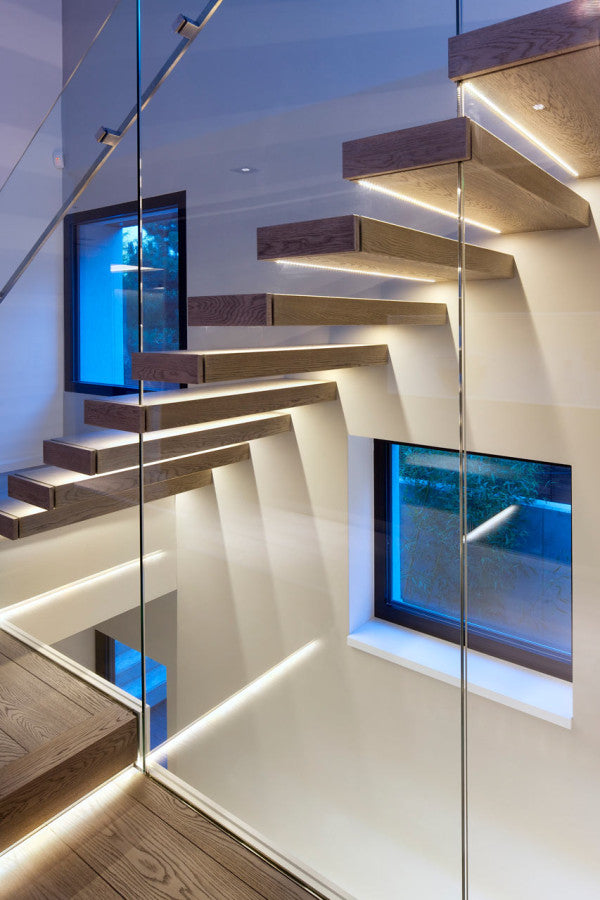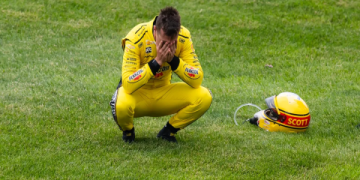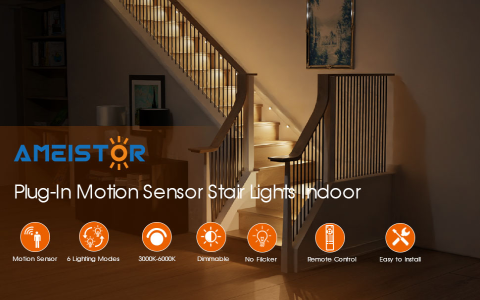So, the other day, I was walking up my stairs in the dark, and I nearly took a tumble. That’s when it hit me – I needed some lights on these stairs! I mean, it’s 2023, who’s still stumbling around in the dark?
I started looking into it, and it seemed like LED lights were the way to go. They’re all the rage these days, energy-efficient and all that jazz. Plus, you can get them in all sorts of cool designs.
First things first, I had to figure out what kind of lights I wanted. There are so many options! Strip lights, recessed lights, individual step lights… it was a bit overwhelming. I spent a good chunk of time just browsing and getting ideas. Finally, decided to go with some LED strip lights to get that sleek, modern look.

Next up, I had to measure my staircase. I grabbed my trusty tape measure and got to work, jotting down the length of each step. I also made a rough sketch of the staircase to plan out where the strips would go. I want to make sure to put the power switch in a convenient location.
Once I had my measurements, I ordered the LED strip lights online. I also picked up a power supply, some connectors, and some aluminum channels to diffuse the light and give it a more polished look. It all arrived a few days later, and I was itching to get started.
Installing the lights was a bit of a project, I won’t lie. I started by cutting the aluminum channels to the right length and sticking them to the underside of the stairs. Then, I carefully cut the LED strips and connected them using the little clicky connectors. It took some patience, but I eventually got it all wired up.
The moment of truth came when I plugged in the power supply and flipped the switch. And bam! My staircase was illuminated! It looked amazing, and more importantly, it was so much safer. No more tripping in the dark for me!
Here are a few things I learned along the way:
- Measure twice, cut once: This is especially important when working with LED strips. You don’t want to end up with a strip that’s too short!
- Get the right power supply: Make sure your power supply can handle the total wattage of your LED strips.
- Test as you go: It’s a good idea to test each section of LED strip as you install it, just to make sure everything is working properly.
- Take your time: Installing these lights can be a bit fiddly, so don’t rush it.
Overall, I’m super happy with how my stair lights turned out. It was a fun little DIY project, and it made a big difference in the look and safety of my home. If you’re thinking about adding some lights to your stairs, I say go for it! Just be prepared to put in a little bit of elbow grease.
























